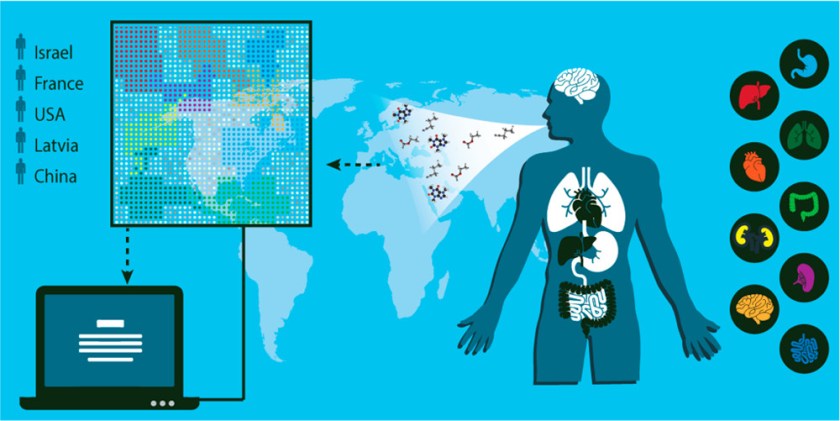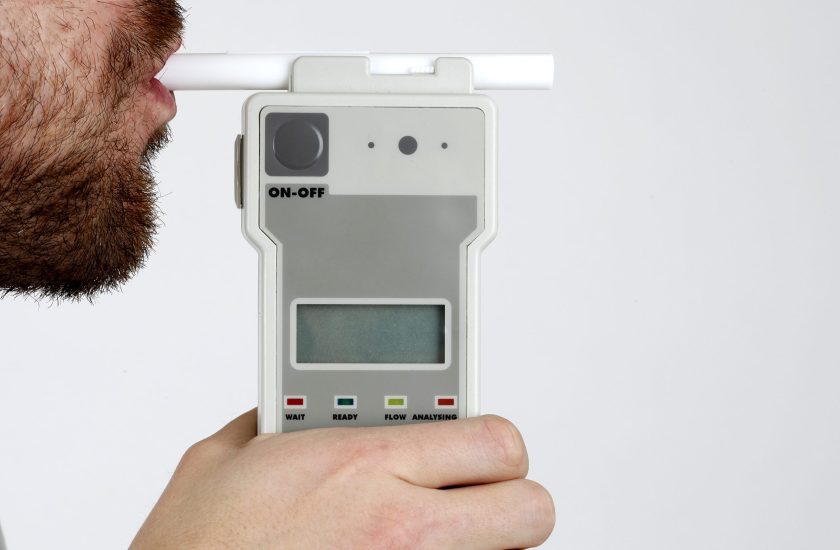
The breath test could be the next blood test. A promising new technique allows scientists to identify the presence of 17 different diseases based on the smell of somebody’s breath.
While groundbreaking, the concept of studying the chemical makeup of human byproducts like sweat, urine, tears, and breath has been around since Hippocrates hypothesized about it in 400 B.C. Lately, the notion that said byproducts have connections beyond their single sphere has been gaining steam in the biomedical community, given its potential to diagnose patients earlier or pick up something doctors might have missed using more conventional diagnostic means.

In the hopes of advancing this prospect, scientists have created “breathprints,” distinct patterns found in one’s breath, for illnesses. Exhaled breath contains oxygen, carbon dioxide, and a small amount of over 100 different chemical compounds that, when analyzed in relation to one another, can reveal a lot about the state of someone’s health.
“Just as each of us has a unique fingerprint that distinguishes us from others, each disease has a chemical signature that distinguishes it from other diseases and from a normal state of health,” Professor Hossam Haick of the Technion-Israel Institute of Technology, who led the research group, said. “These odor signatures are what enables us to identify the diseases using the technology that we developed.”
The “breathprints” were created based on samples collected from 1,404 subjects diagnosed with one of 17 different diseases. Using artificial intelligence to analyze the results, scientists learned that each disease had a unique chemical marker based on the various amounts of 13 chemical compounds.
Based on the identified “breathprints” published in the journal ACS Nano, a group of international researchers created a device that can identify 17 illnesses—including several types of cancer as well as degenerative diseases like Parkinson’s and multiples sclerosis—just from a patient’s own breath. The device, called “Na-Nose,” operates like the breathalyzer cops use at DUI traffic stops, which uses a technique called mass spectrometry to identify chemical compounds present in the air.

This device, described in the paper as an “artificially intelligent nano-array,” has an accuracy rate of 86 percent, so there is room for improvement. Experts expect it to become more precise over time. The nano-array joins a growing market for biomedical devices that can provide diagnoses based on human byproducts. For example, a recent paper published in Chemical Sense argued that mice that had experienced traumatic brain injury showed changes in their urine, which other mice could smell.
To learn more about the “breathprint,” click here. Learn more about diagnosing diseases via sweat and smell tests here.
—RealClearLife Staff
This article was featured in the InsideHook newsletter. Sign up now.






















